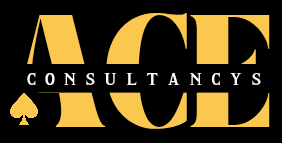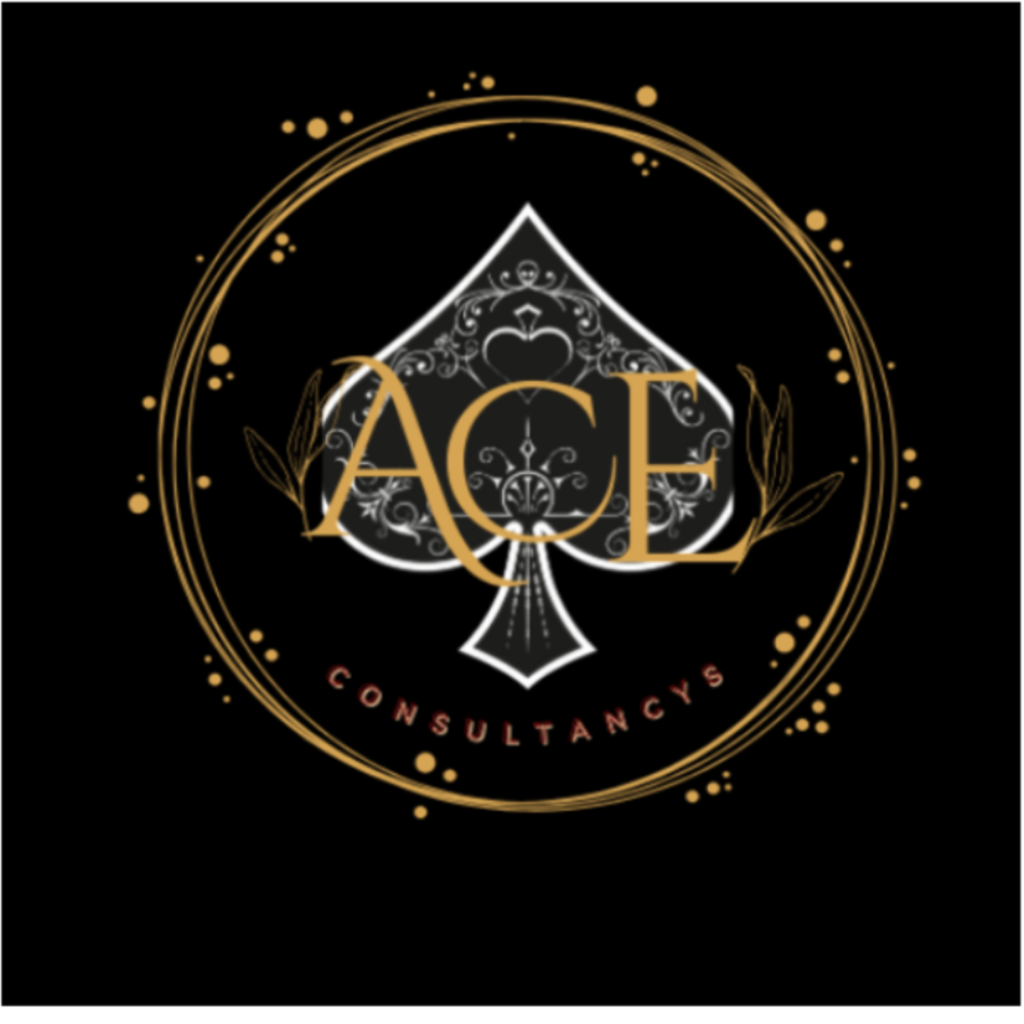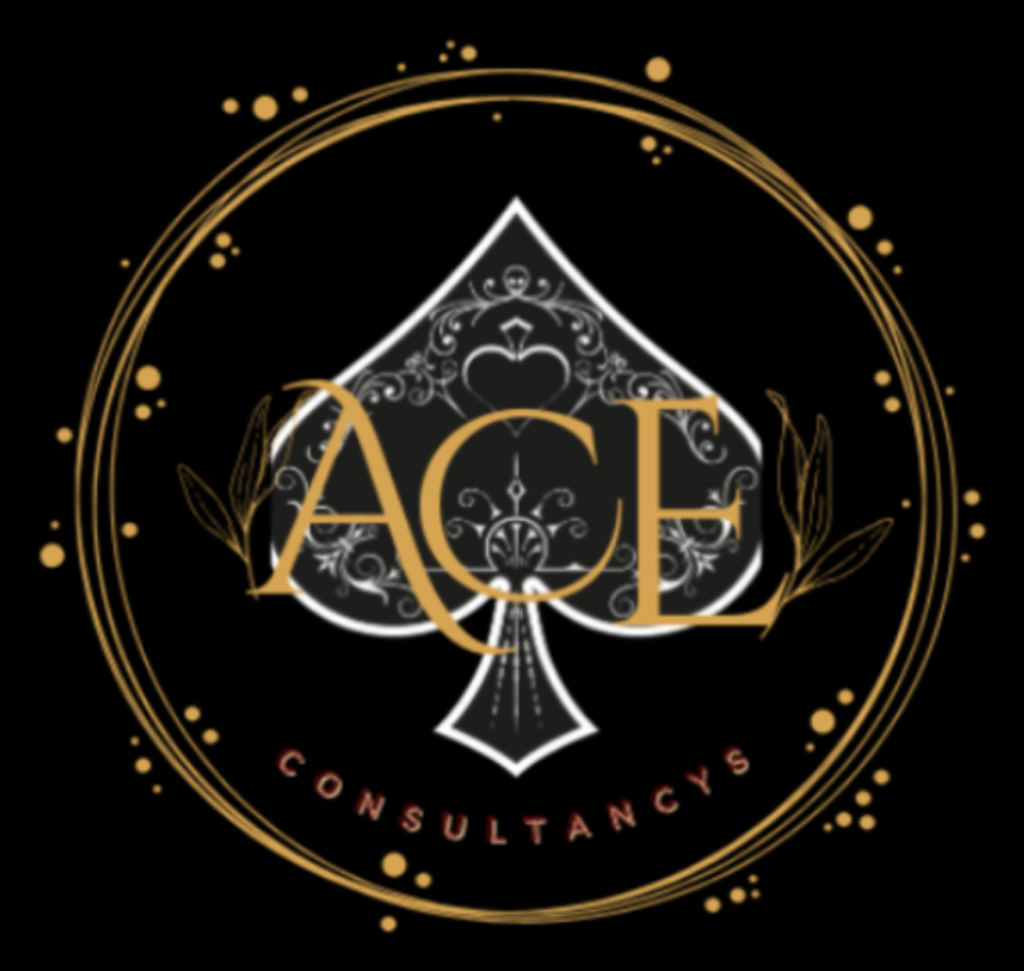Introduction
Creating an effective outreach funnel is essential for businesses looking to expand their reach and convert prospects into loyal customers. Studies show that businesses with structured outreach funnels generate 50% more qualified leads than those without systematic approaches (HubSpot, 2023). Whether you’re a startup or an established company, building an outreach funnel requires strategic planning and execution. In this guide, we’ll walk through the step-by-step process of creating an outreach funnel that not only attracts potential customers but also guides them seamlessly through their buying journey.
Understanding the Outreach Funnel Fundamentals
An outreach funnel is a strategic pathway designed to guide potential customers from initial awareness to becoming paying clients. Before diving into construction, it’s crucial to understand that well-designed outreach funnels can increase conversion rates by up to 300% compared to unstructured outreach efforts (Salesforce, 2024). The outreach funnel typically consists of four stages: awareness, interest, consideration, and conversion. Each stage requires tailored content and communication strategies to move prospects forward.
Step 1: Define Your Target Audience
The foundation of any successful outreach funnel begins with clearly identifying who you’re trying to reach. Create detailed buyer personas that include demographic information, pain points, goals, and preferred communication channels. According to research by the Content Marketing Institute, marketers who use buyer personas are 2-5 times more effective at targeting their audience than those who don’t. Take time to research where your ideal customers spend their time online and what messaging resonates with them.
Step 2: Create Awareness Stage Content
The top of your outreach funnel focuses on attracting potential customers who may not even know they have a problem you can solve. Develop educational blog posts, social media content, and industry reports that address broad topics relevant to your audience. The goal is to establish your brand as a trustworthy source of information. Nearly 70% of businesses report that top-of-funnel content drives more quality leads than promotional content (DemandGen Report, 2024).
Step 3: Develop Interest-Building Mechanisms
Once prospects are aware of your brand, you need to capture their information to continue the conversation. Create valuable lead magnets like whitepapers, webinars, or free tools that address specific pain points. Email marketing remains incredibly effective at this stage, with an average return on investment of $36 for every $1 spent on email marketing campaigns (Litmus, 2023). Design your sign-up forms to be simple yet effective, asking for only essential information to reduce friction.
Step 4: Nurture Leads with Consideration Content
As prospects move deeper into your outreach funnel, they need more specific information about how your solution can address their unique challenges. Develop case studies, product comparisons, and in-depth guides that showcase your expertise. Personalization is critical here—emails with personalized subject lines are 26% more likely to be opened than generic ones (Campaign Monitor, 2023). Implement marketing automation tools to deliver the right content at the right time based on prospect behavior.
Step 5: Optimize for Conversion
The bottom of your outreach funnel should focus on converting interested prospects into customers. Remove barriers by simplifying the purchasing process and addressing common objections. According to recent data, 83% of prospects who receive prompt, consistent follow-up are more likely to convert than those who don’t (InsideSales, 2023). Implement clear calls-to-action, offer free trials or demonstrations, and provide social proof through testimonials and reviews.
Step 6: Implement Analytics and Continuous Improvement
Building an outreach funnel isn’t a one-time task—it requires ongoing analysis and refinement. Track key metrics at each stage of your funnel to identify bottlenecks and opportunities for improvement. Businesses that regularly review and optimize their outreach funnels see a 25% increase in conversion rates within six months (Marketing Sherpa, 2024). Set up dashboards to monitor engagement rates, conversion percentages, and customer acquisition costs.
Conclusion
Building an effective outreach funnel takes time and strategic planning, but the results are worth the investment. By following these steps—defining your audience, creating stage-appropriate content, nurturing leads, optimizing for conversion, and continuously improving based on data—you’ll develop an outreach funnel that consistently generates qualified leads and converts them into loyal customers. Remember that your outreach funnel should evolve as your business grows and market conditions change. The most successful companies understand that outreach funnel optimization is an ongoing process, not a one-time project.
We’d love to hear about your experiences with building outreach funnels! Have you implemented any of these strategies? What challenges have you faced? Please share your thoughts in the comments below and consider sharing this article with colleagues who might benefit from enhancing their outreach funnel strategy.
FAQ
1. How long does it take to build an effective outreach funnel?
Building an effective outreach funnel typically takes 4-8 weeks for the initial setup, including audience research, content creation, and automation implementation. However, optimization is ongoing, with most businesses seeing significant improvements after 3-6 months of testing and refinement.
2. What’s the most important stage of an outreach funnel?
While all stages are crucial, the consideration stage often has the biggest impact on conversion rates. This is where prospects evaluate your solution against competitors, making personalized content and timely follow-up essential during this critical decision-making phase.
3. How much should I budget for outreach funnel development?
Budget requirements vary widely based on business size and goals. Small businesses can establish basic funnels for $2,000-$5,000, while enterprise-level companies might invest $20,000+ for comprehensive systems. Ongoing management typically requires 10-20% of the initial investment annually.
4. Can I use the same outreach funnel for different products or services?
While you can use the same framework, the content and messaging should be customized for each product or service. Different offerings solve different problems and may appeal to distinct audience segments requiring tailored approaches.
5. How do I know if my outreach funnel is working?
Track key metrics at each stage: top-of-funnel (traffic, impressions), middle-of-funnel (engagement rates, lead quality), and bottom-of-funnel (conversion rate, customer acquisition cost). A healthy funnel shows steady progression of prospects between stages with acceptable drop-off rates.
Read More : https://aceconsultancys.com/art-of-outbound-calling/









